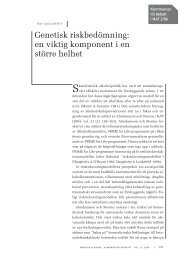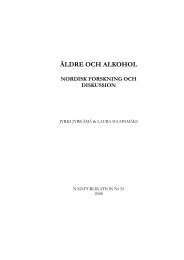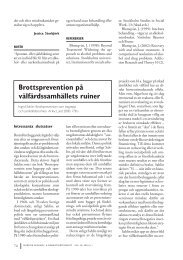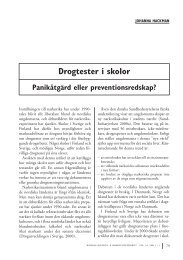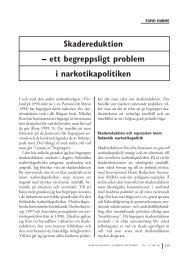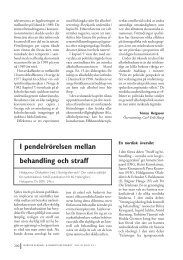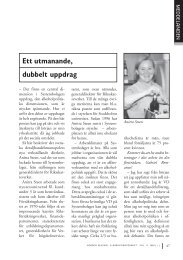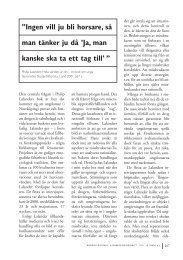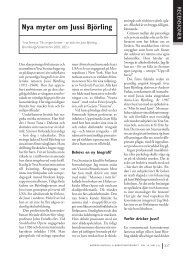CONGENITAL RUBELLA SYNDROME
CONGENITAL RUBELLA SYNDROME
CONGENITAL RUBELLA SYNDROME
You also want an ePaper? Increase the reach of your titles
YUMPU automatically turns print PDFs into web optimized ePapers that Google loves.
emotionally loaded social interaction. Bruner (1990) has taken different<br />
perspectives when looking at how our ability to think, feel, and act may be<br />
understood as a way of structuring our experiences as narratives about ourselves<br />
and our environment (the narrative perspective). In a narrative there is an<br />
emotional and dramatic relation between the events and between the persons who<br />
are part of events. By giving her the opportunity to narrate stories about her own<br />
experiences and by providing her with accurate social information by means of<br />
social stories, we could help her enhance her communication and social<br />
adjustment. Co-constructed narratives are the ones that create identity and<br />
empathy. The motives for narrating are the primary resource that must be sustained<br />
in all therapy and teaching, especially when they try to help people overcome the<br />
deprivation, isolation and frustration of mental and physical disability (Trevarthen,<br />
1997).<br />
Children with congenital rubella have different symptoms that become evident or<br />
more pronounced at different stages in life. The behavioural symptoms presented<br />
in this case are typical late manifestations of CRS. R.J. is not only hearing<br />
impaired, but also she has certain psychological and neuropsychological problems,<br />
which could be ascribed to congenital rubella syndrome.<br />
A basic assumption in clinical neuropsychology is that systematic measurement of<br />
intellectual, motor and sensory functions, personality parameters and<br />
psychophysiological functions, with an appropriate and standardised battery of<br />
tests provides a basis from which inferences may be made regarding the organic<br />
integrity of the brain (Kløve, 1963). A well-grounded understanding of functional<br />
localisation strengthens the clinician’s diagnostic capabilities so long as the<br />
limitations of its applicability in the individual case are taken into account. This<br />
case illustrates how important it is to examine neuropsychological functions in<br />
persons with CRS.<br />
Rubella and congenital deafblindness<br />
Congenital rubella syndrome is the most frequent diagnosis among young and<br />
adult persons with congenital deafblindness. Many of the late symptoms that these<br />
persons have in terms of psychological and neuropsychological problems can be<br />
attributed to deprivation syndromes. According to Rødbroe (1997) deprivation can<br />
be due to the following factors: Deafblindness in itself, deafblindness as not being<br />
identified/ diagnosed in persons who are deafblind, dual sensory impairment not<br />
considered as something specific, as well as environmental factors, such as lack of<br />
knowledge and communication skills.<br />
As mentioned above, many of the young and adult congenitally deafblind we know<br />
of today had prenatal rubella infection as their aetiology. In many cases they have<br />
grown up without having had the opportunity of personal development according<br />
17



